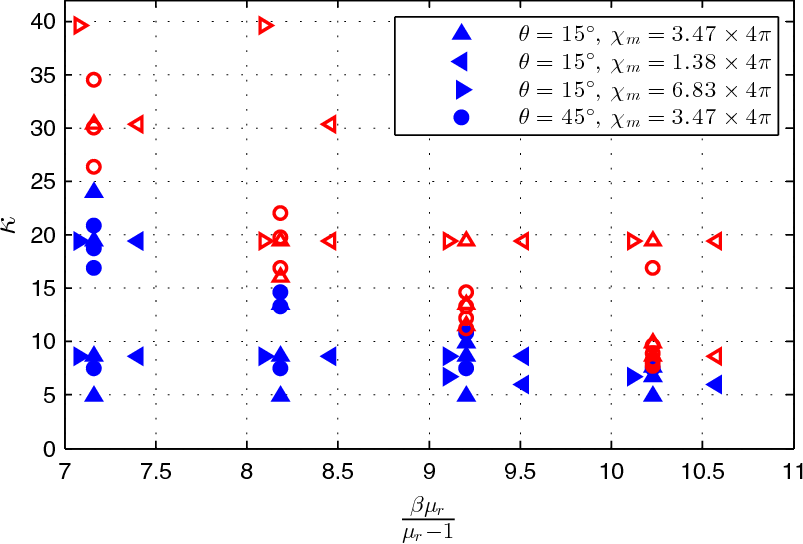Recent Publications
S. Afkhami, L.J. Cummings, and I. Griffiths,
Interfacial deformation and jetting of a magnetic fluid,
Computers & Fluids, 124, 149-156, (2016)


An attractive technique for forming and collecting aggregates of magnetic material at a liquid–air interface by an applied magnetic field gradient was recently proposed, and its underlying principle was studied theoretically and experimentally (Tsai et al., 2013): when the magnetic field is weak, the deflection of the liquid–air interface has a steady shape, while for sufficiently strong fields, the interface destabilizes and forms a jet that extracts magnetic material. Motivated by this work, we develop a numerical model for the closely related problem of solving two-phase Navier–Stokes equations coupled with the static Maxwell equations. We computationally model the forces generated by a magnetic field gradient produced by a permanent magnet and so determine the interfacial deflection of a magnetic fluid (a pure ferrofluid system) and the transition into a jet. We analyze the shape of the liquid–air interface during the deformation stage and the critical magnet distance for which the static interface transitions into a jet. We draw conclusions on the ability of our numerical model to predict the large interfacial deformation and the consequent jetting, free of fitting parameters.
